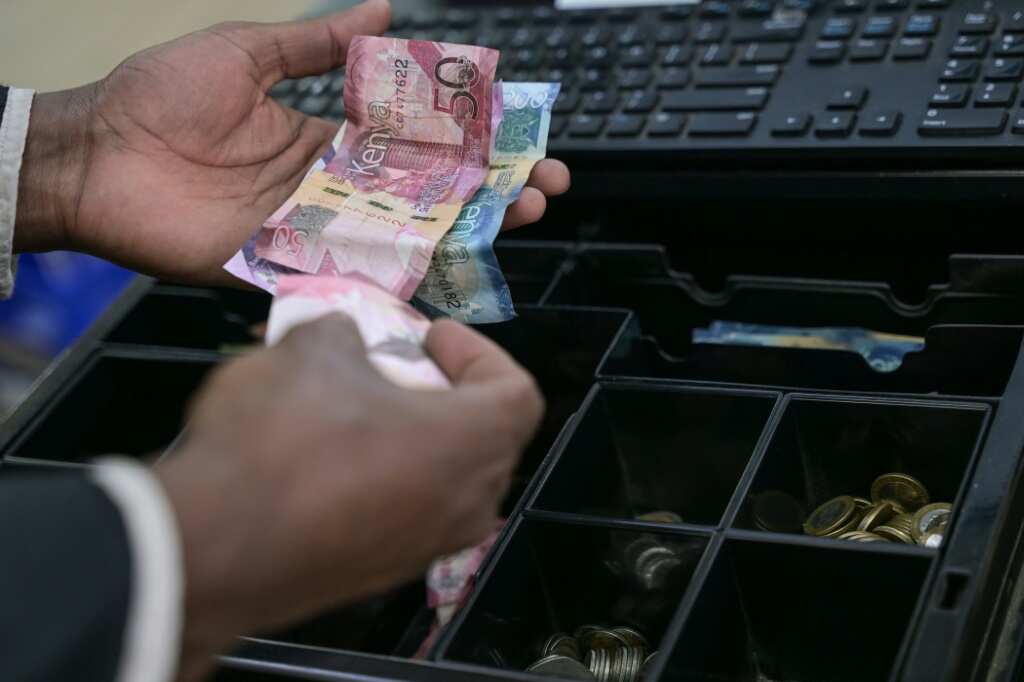


In a significant development for the Middle Eastern economy, Moody's has upgraded Saudi Arabia's sovereign rating to Aa3 on November 22, 2024. This marks the first upgrade since 2016 and positions Saudi Arabia's rating above those of Fitch Ratings and S&P Global Ratings. The upgrade is attributed to the kingdom's ongoing efforts in economic diversification and a reduced reliance on oil markets, reflecting a strategic shift in its economic policy [fdf3a2e2].
Despite this positive news, the outlook for Saudi Arabia has been adjusted from positive to stable, as the country faces consecutive quarterly budget deficits and lower economic growth projections. GDP growth for 2024 is now expected to be less than 1%, a significant decline from the previous estimate of 4.4%. However, the private sector's GDP, excluding oil and gas, is projected to grow by 4% to 5% in the coming years, indicating some resilience in non-oil sectors [fdf3a2e2].
This upgrade comes at a time when other countries in the region, such as South Africa, are also navigating their own economic challenges and opportunities. South Africa's recent reforms and potential credit rating upgrades contrast with Saudi Arabia's mixed economic signals, highlighting the diverse economic landscapes across the Middle East and Africa [c4e3c7a4].
As both nations work towards fiscal recovery and economic stability, the implications of these ratings and reforms will be closely watched by investors and analysts alike, providing insights into the broader economic trends in the region [194af300][fdf3a2e2].